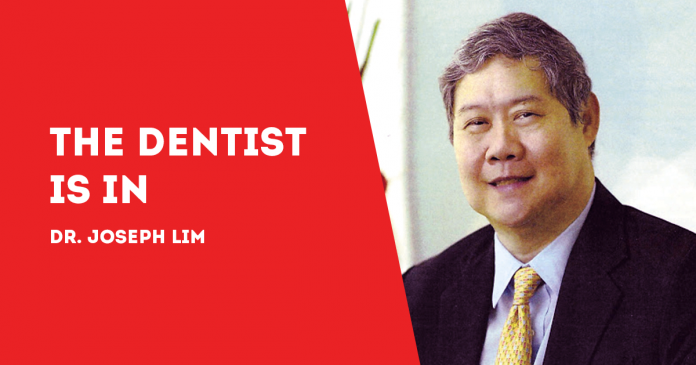
FILIPINOS worry about going to a dental clinic during the pandemic.
Filipinos are not alone. They worry along with 4,500 participants aged over 18 years old surveyed in five European countries (France, Germany, Great Britain, Spain and Russia) and four Southeast Asian nations (the Philippines, Indonesia, Singapore and Thailand).
The new consumer research study was conducted by GSK Consumer Healthcare and Ipsos.
The key findings, gathered in February 2021, include:
COVID-19 has heightened people’s worries about visiting a dentist.
The COVID-19 pandemic has changed oral healthcare habits for people in Europe and Southeast Asia.
Due to restrictions and aims to reduce COVID-19 transmission, three in 10 persons surveyed had visited a dentist less frequently during the pandemic.
On the positive side, most or 64 percent of the respondents claimed they were likely to visit a dentist in the next six months. This is important because of the need for preventative measures to avoid the development of oral health problems.
For some, the cost of dental consultation and treatment was cited as the top driver of concern among those worried about visiting a dentist in person (45 percent of this group).
This was closely followed by concerns about COVID-19 transmission from dental equipment (43 percent).
Across the study, cost was more of a concern for young people (49 percent for those aged 18-29 vs. 42 percent for those aged 50+).
The broader health implications of good oral healthcare routines were not widely understood by respondents, implying a global need for better health education
While most respondents (85 percent) said they believed good oral healthcare can benefit their overall health, many did not associate the consequences of poor oral health with broader serious health conditions.
Oral healthcare routines have not improved to bridge the gap created by lower dental visits. While some respondents (22 percent) claimed to brush their teeth more frequently, the majority had not changed their oral healthcare routines during the pandemic.
In Southeast Asia an increase in brushing was more prevalent (37 percent).
Young adults (18-29 year olds) claimed to brush their teeth more frequently (36 percent of this age group vs. the 22 percent on average) than those of any other age.
Some respondents said they were using condition-specific toothpastes to manage their oral health conditions, suggesting a growing awareness of the importance of choosing the right products to support and improve your oral health.
Nearly one quarter of respondents (23 percent) claimed to use these toothpastes to manage their oral health conditions. Two in 10 or 20 percent claimed that they will buy them more frequently in the future.
The increase in fruit and vegetable intake by over one-third of respondents overall is a positive trend to support health and wellbeing.
However, research has suggested that it may unfortunately lead to a higher incidence of enamel erosion. In light of this, the increasing use of condition-specific toothpastes may be seen as an encouraging trend.
The consumer research identified a positive trend of people changing their toothbrushes more frequently during the pandemic. Nearly one third (31 percent) of respondents said they were doing this with the core aim of preventing the build-up of bacteria or germs on their toothbrush.
Of those respondents who claimed to be brushing their teeth more frequently since the start of the pandemic, the wearing of face masks was claimed as the key driver of this among European respondents. The biggest driver among South-East Asian respondents was the decreased frequency of dentist visits.
One of the key drivers of increased brushing cited by all respondents was the wearing of face masks (37 percent across the regions surveyed), indicating people were more conscious of their breath.
This trend was more prevalent amongst European respondents (44 percent) who generally were not used to wearing face masks before the pandemic.
European respondents cited the top driver for brushing their teeth more as being more conscious of their breath (47 percent of respondents).
The decreased frequency of dental visits during the pandemic was the biggest driver in changing oral healthcare habits in Southeast Asia during this period.
***
Dr. Joseph D. Lim is the former Associate Dean of the UE College of Dentistry, former Dean of the College of Dentistry, National University, past president and honorary fellow of the Asian Oral Implant Academy, and honorary fellow of the Japan College of Oral Implantologists. Honorary Life Member of Thai Association of Dental Implantology. For questions on dental health, e-mail jdlim2008@gmail.com or text 0917-8591515./PN





